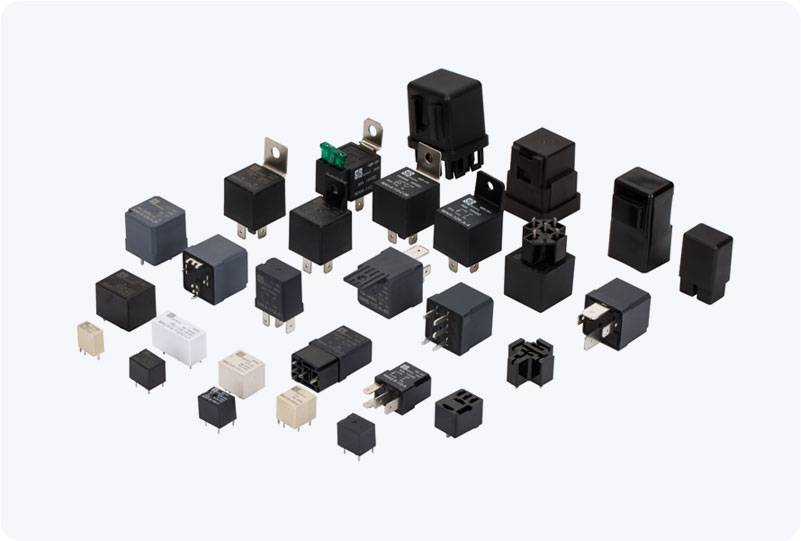The rise of electric vehicles (EVs) has brought about a significant transformation in the automotive industry, with advancements in battery technology and electric drivetrains. A key component in ensuring the safe and efficient operation of EVs is the Electric Vehicle High Voltage Relay. This essential part plays a pivotal role in managing the flow of high voltage electrical power within the vehicle, providing both performance and safety. In this article, we will explore the functionality, importance, and challenges associated with the Electric Vehicle High Voltage Relay.

What is an Electric Vehicle High Voltage Relay? An Electric Vehicle High Voltage Relay is a type of electrical switch designed to control the high-voltage circuits in an electric vehicle. These relays are responsible for controlling the flow of electricity between the high-voltage battery pack, the motor, and other critical systems in the EV. They ensure that electrical power is only allowed to flow when it is safe to do so and disconnect the power in cases of emergency or operational need. High voltage relays are particularly important in EVs because the electrical systems within these vehicles operate at much higher voltages than traditional gasoline-powered vehicles. Typically, EVs run on battery systems that can range from 200 to 800 volts, and sometimes even higher. Handling such high voltages requires specialized components that can withstand electrical stresses while ensuring the safety of the vehicle’s occupants.